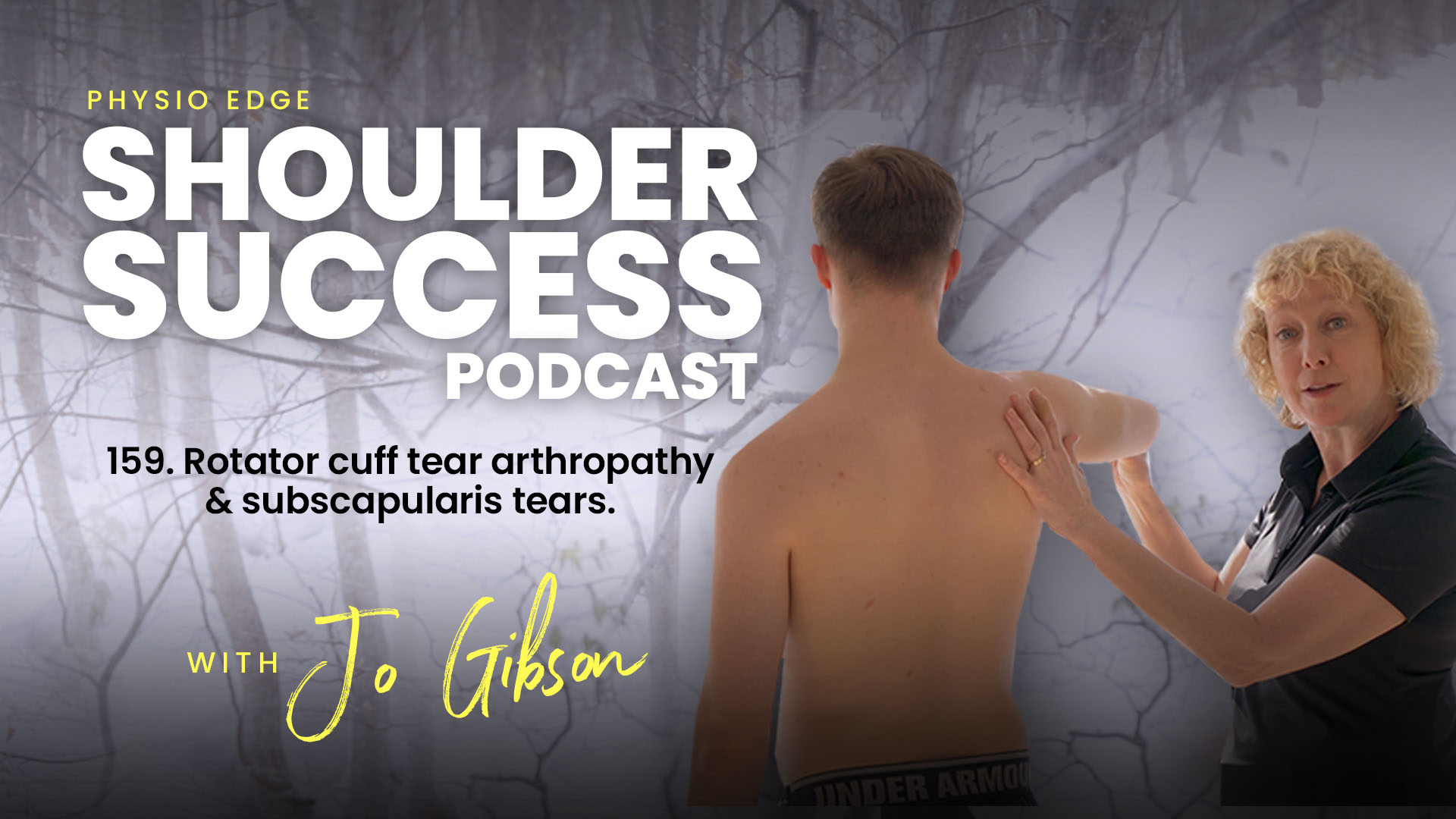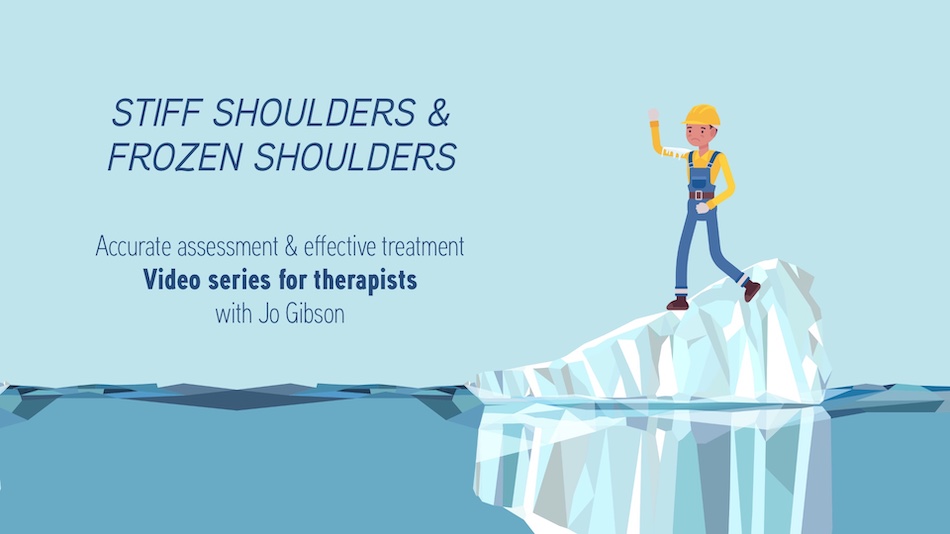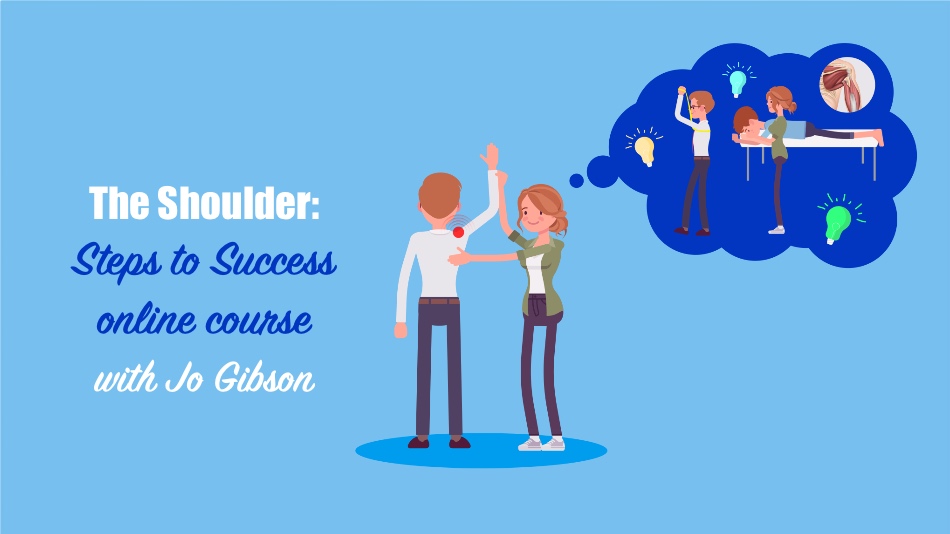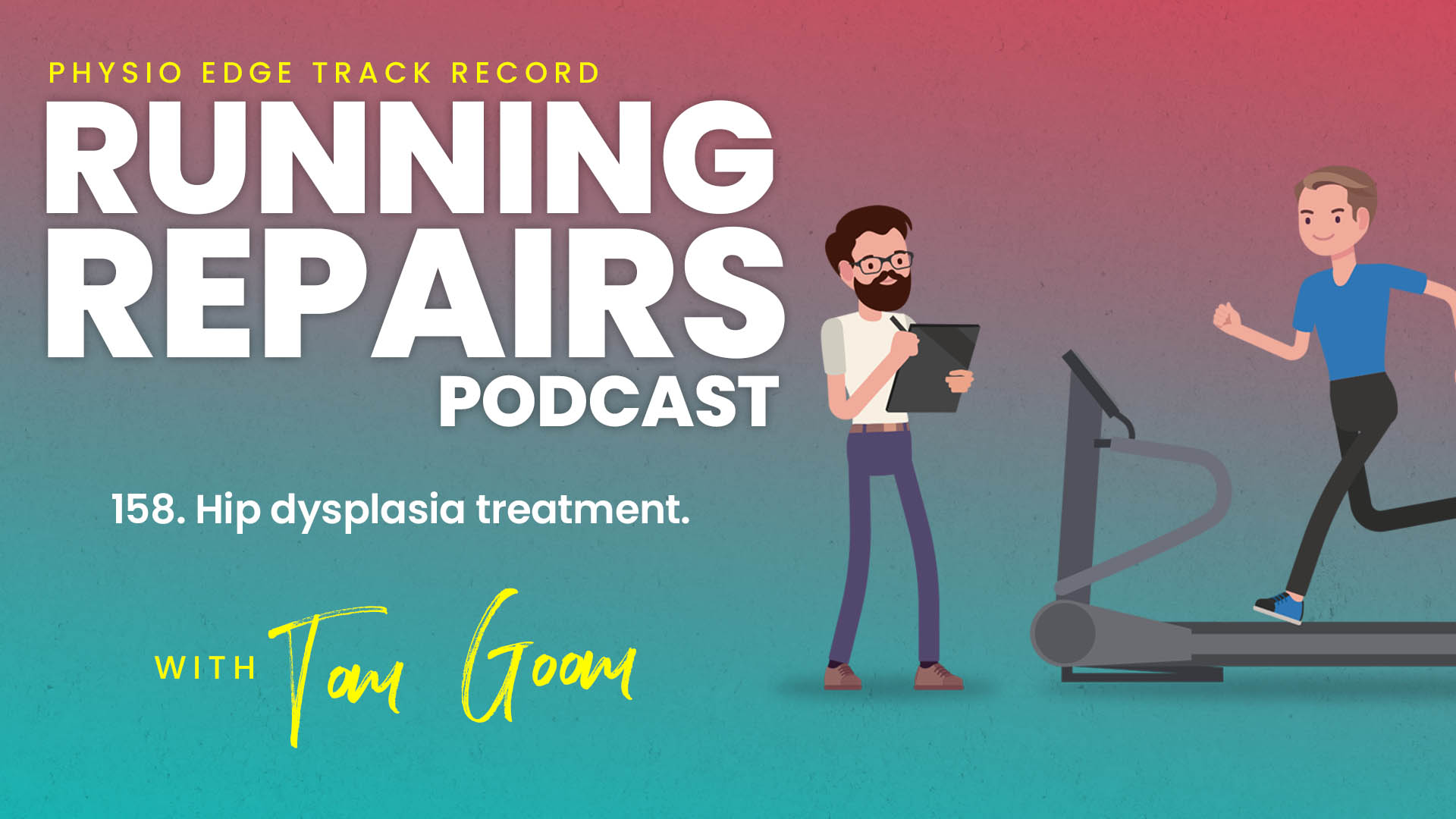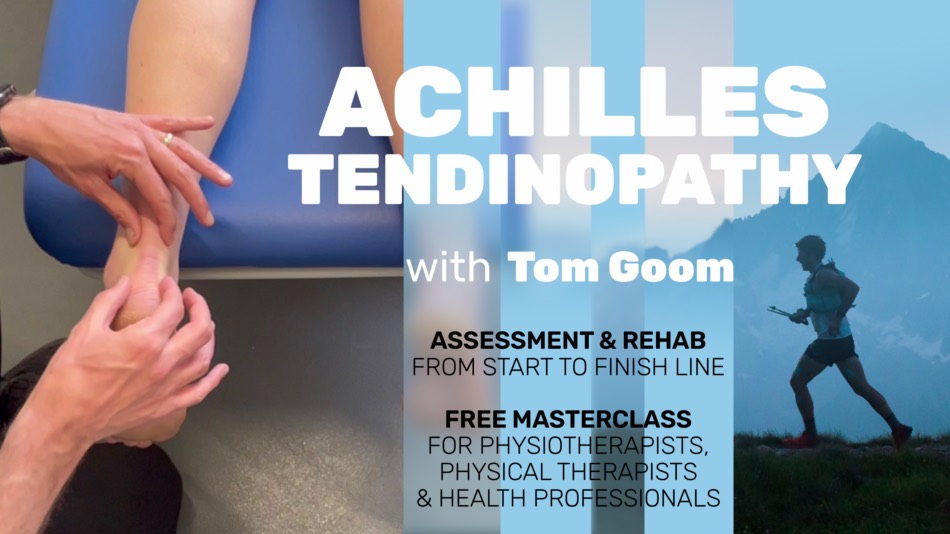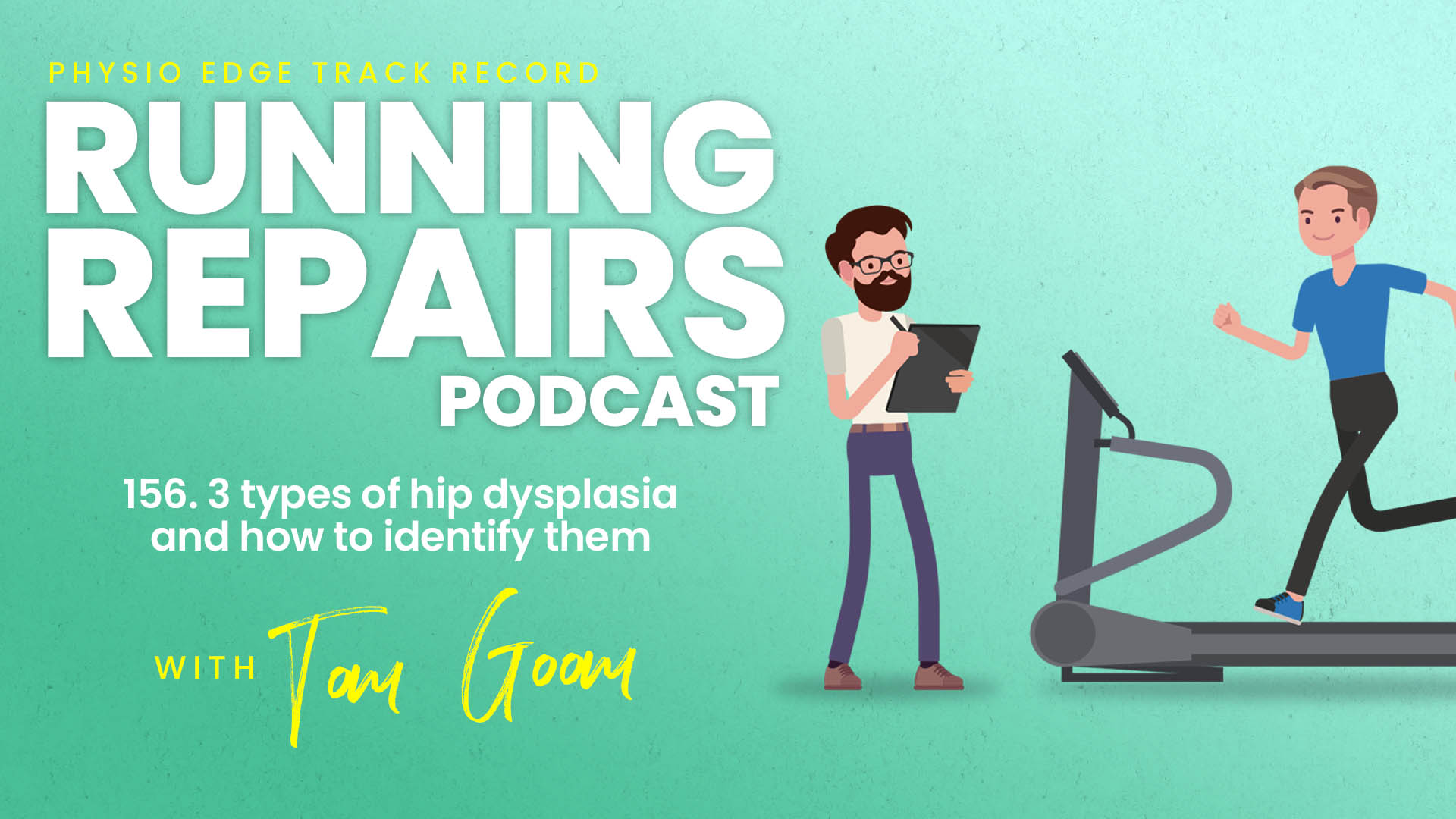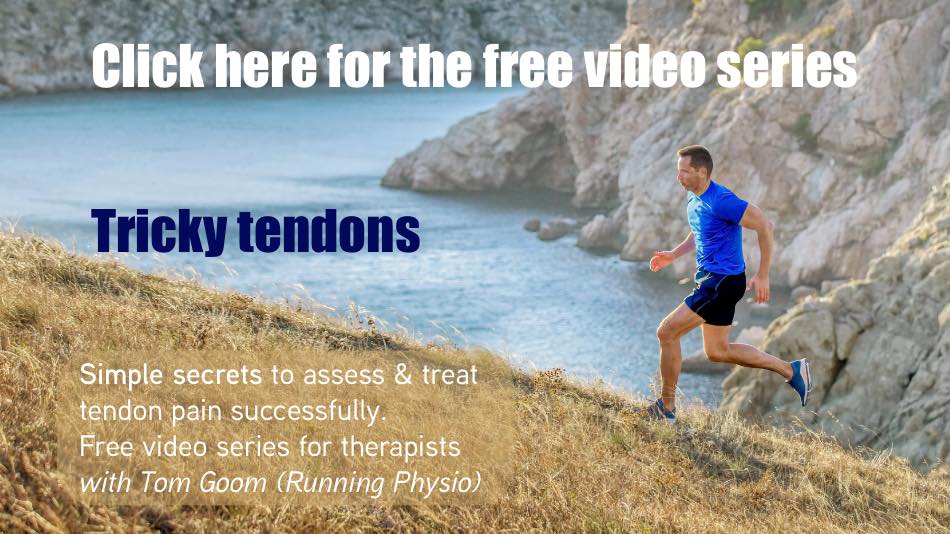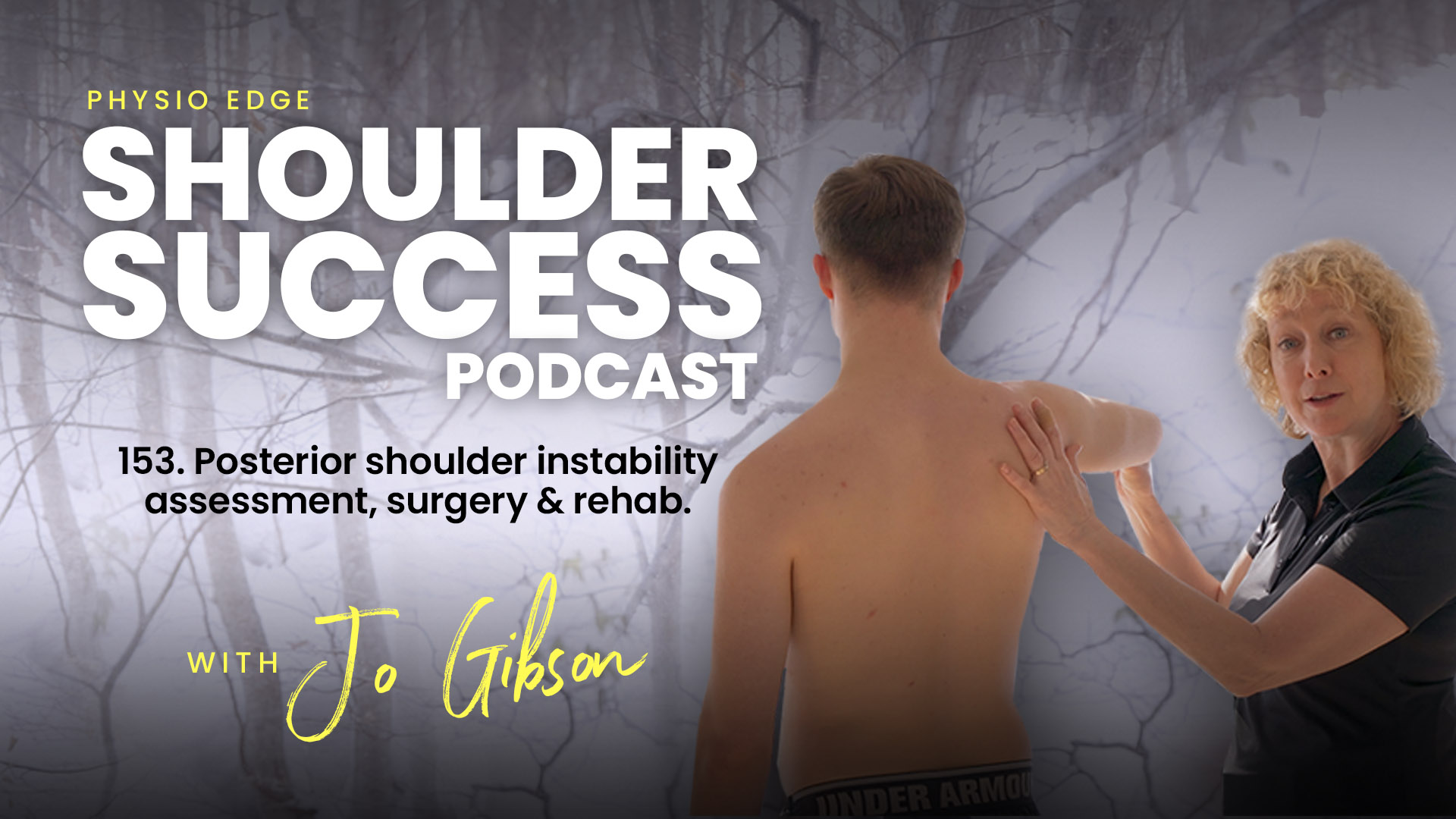160. ACL injuries with Zoe Russell

Join David Pope (APA Titled Musculoskeletal and Sports & Exercise Physio) and Zoe Russell (Specialist Sports Physiotherapist, FACP; APA Titled Musculoskeletal Physio) in the Physio Edge podcast as they explore how to assess, treat, and manage patients suffering from ACL injuries or suspected ACL injuries.
You'll discover how to assess a patient with a suspected ACL injury, and criteria you can use to identify whether a patient may be suited to non-surgical management or is likely to require surgery. You'll also understand when immediate or delayed surgery is the best option, and how to guide patients through the decision-making process and different phases of rehab. Listen in to provide your ACL injury patients with the best treatment options. 
Free Achilles tendinopathy video series with Tom Goom available now
Links
- Improve your musculoskeletal and sports injury assessment & treatment results with a free trial Clinical Edge membership
- Free Achilles tendinopathy video series with Tom Goom
- David Pope at Clinical Edge
- Download and subscribe to the podcast on iTunes
- Download the podcast in Overcast
- Listen to the podcast on Spotify
- Zoe Russell on Twitter
- David Pope on Twitter
- David Pope & why I started Clinical Edge
- Review the podcast on iTunes
- Infographics by Clinical Edge





